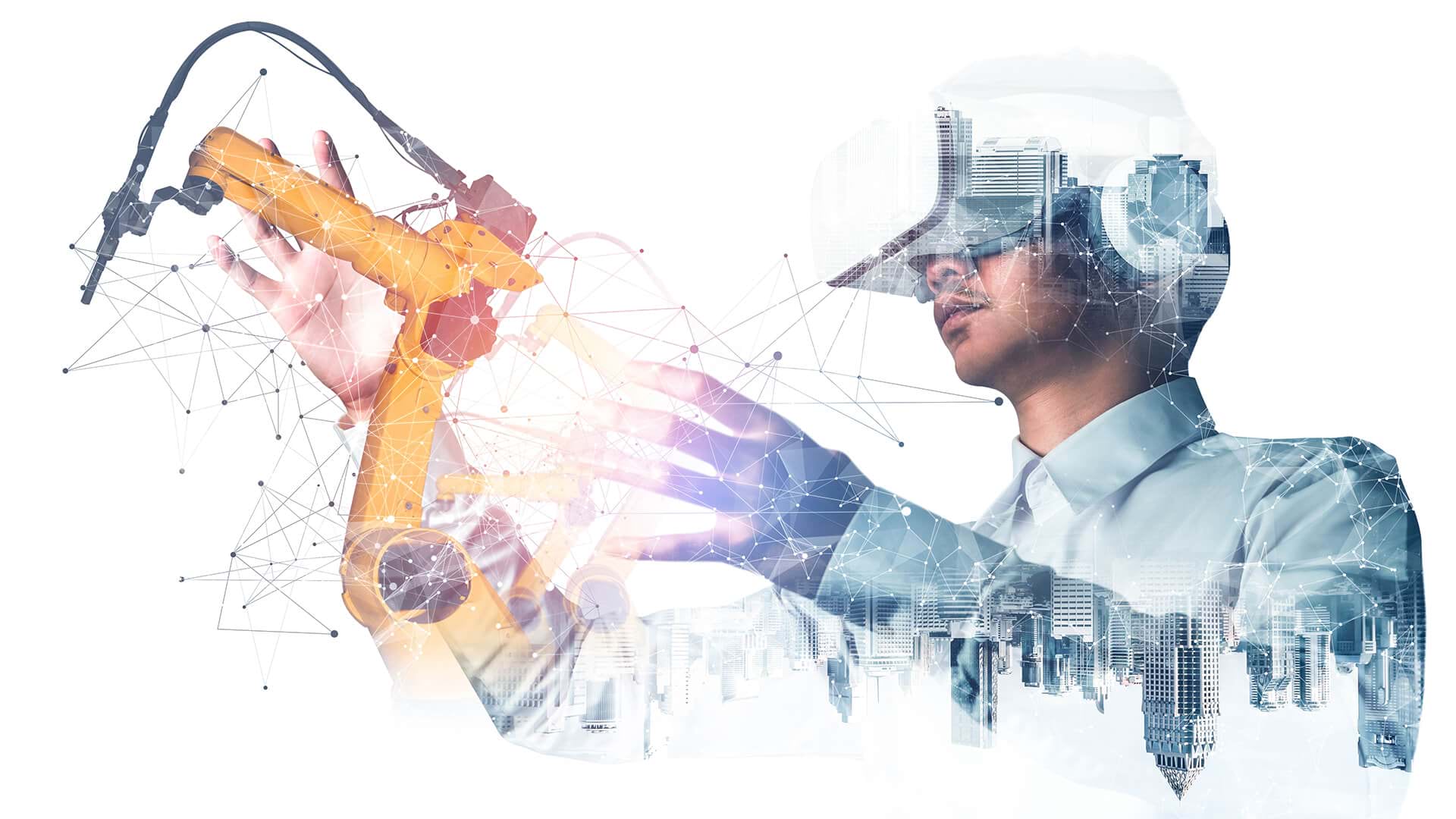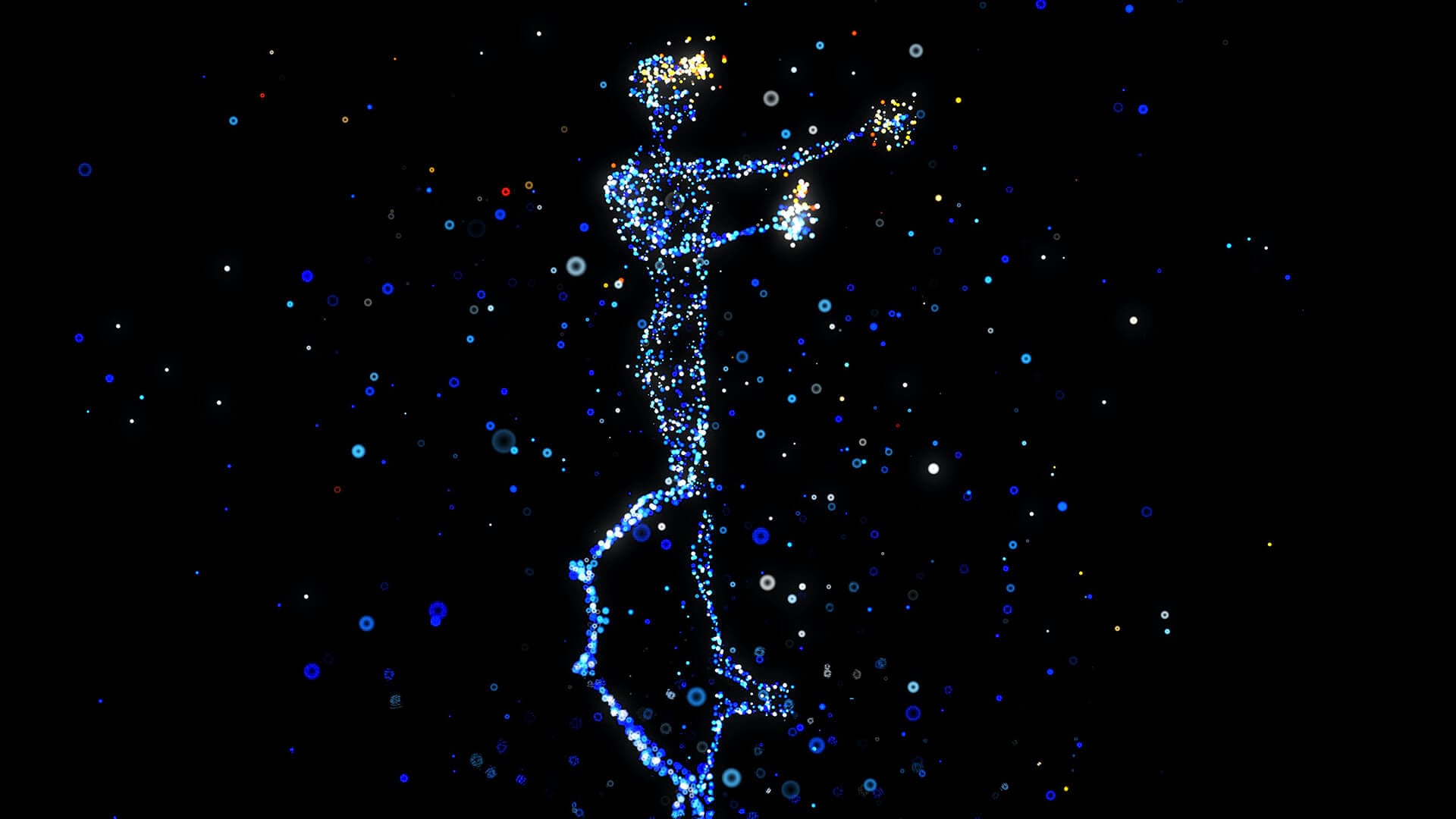Step into the industrial metaverse, where physical and digital worlds are converging to fuel the next wave of operational innovation. Here, extended reality (XR) technologies integrate with spatial computing capabilities, bringing a digital edge to hands-on work like product testing, factory and process design, and job training.
The industrial metaverse is poised to bring a new level of safety and efficiency to factories and businesses, according to Deloitte’s Tech Trends 2024 report. The report envisions a near future where workers using headsets and smart glasses interact with prototyped products and spaces, visualize simulated structures in the real world, and collaborate with remote colleagues.
Interacting with the industrial metaverse means relying on tech that is still maturing. But its foundation has been available for decades, beginning with the advent of geographic information system (GIS) technology.
With GIS, business professionals manage, analyze, and visualize data in a spatial context. The software already powers XR-ready digital twins—of construction sites and even entire nations. It provides the spatial computing required to ground real-world locations in augmented reality (AR) and virtual reality (VR).
From Interactive to Immersive in the Industrial Metaverse
Digital twins remain one of tech’s most promising trends. Some estimates suggest the global market for digital twins could grow to $125.7 billion in 2030 from $6.5 billion in 2021, the Deloitte report notes.
This is due in part to their close alignment with emerging technologies. Capabilities like 3D mapping, drone imagery, and real-time data integration have made GIS-powered digital twins detailed and information-rich.
Now, AR and VR are bringing the digital twin experience not just to computer screens but into fully immersive environments. The team developing a new subway line in Brisbane, Australia, for example, created a digital twin with GIS, then paired it with a game engine and VR headsets. The combination allows stakeholders to explore all 17 kilometers of the project in lifelike 3D—before it is built.
Such simulations can prevent errors and replace costly real-world build-outs. Project teams and executives visualize, test, and iterate projects, revealing safety hazards, design flaws, or neglected customer needs before they occur.
To Augment and Extend Reality, Start Mapping
Through GIS, users of XR devices see virtual features overlaid on precise maps of indoor and outdoor spaces.
In the last decade, AR applications have expanded from consumer-facing mobile games like Pokémon GO to business apps including tools that helps maintenance crews locate underground infrastructure. In the industrial metaverse, the stakes are much higher. While a virtual Pokémon can be several feet from its intended location without consequence, that same margin of error could be very costly—or dangerous—when crews dig to repair water pipes or gas lines.
In a factory-based metaverse, indoor maps might lead a trainee to a particular machine, where digital instructions appear on a visor, providing step-by-step instructions on a maintenance task.
On city streets or in a factory, maps and geographic data tell AR and VR programs exactly where to overlay digital elements for on-the-job learning and operations.
A Foundation for Innovation
The industrial metaverse is still in its early stages, but as Deloitte and others have indicated, its impact could be profound.
As technologies like AR-equipped mobile devices and VR headsets mature into proven, accessible commercial hardware, business and tech leaders can start preparing for the industrial metaverse. GIS-based digital twins, precise maps, and geographic data create a strong foundation for the extended realities of tomorrow.
The Esri Brief
Trending insights from WhereNext and other leading publicationsTrending articles

December 5, 2024 |

July 25, 2023 |

November 12, 2018 |

April 1, 2025 |

April 29, 2025 |

February 1, 2022 |





